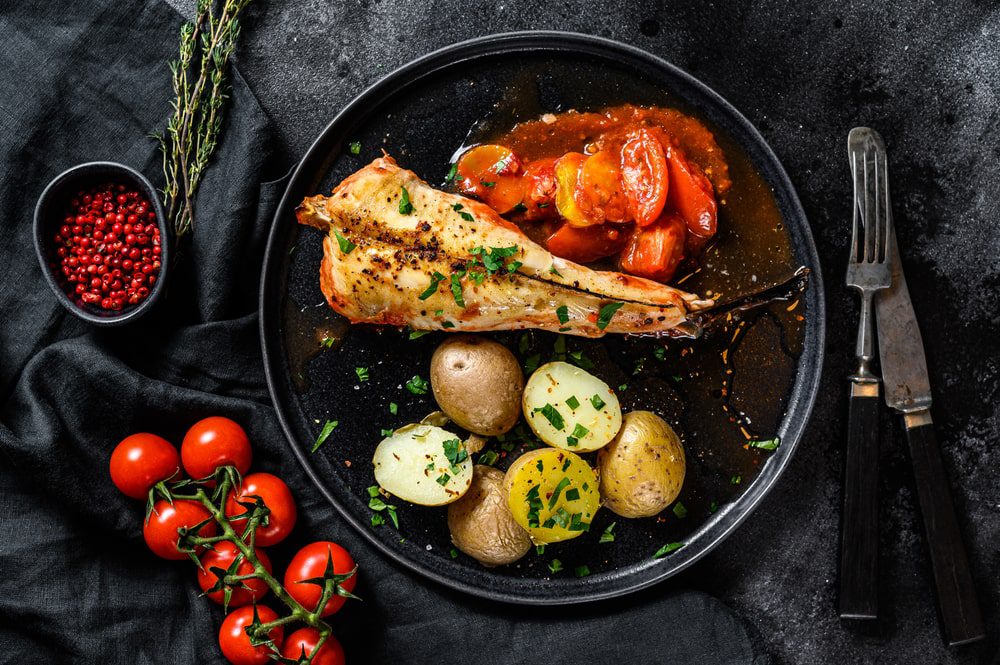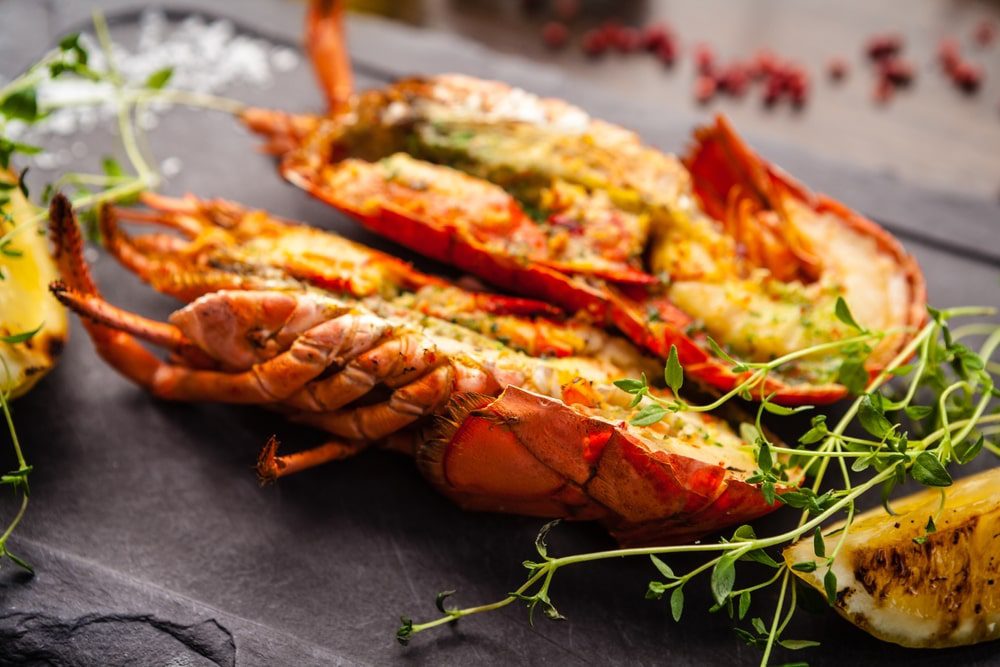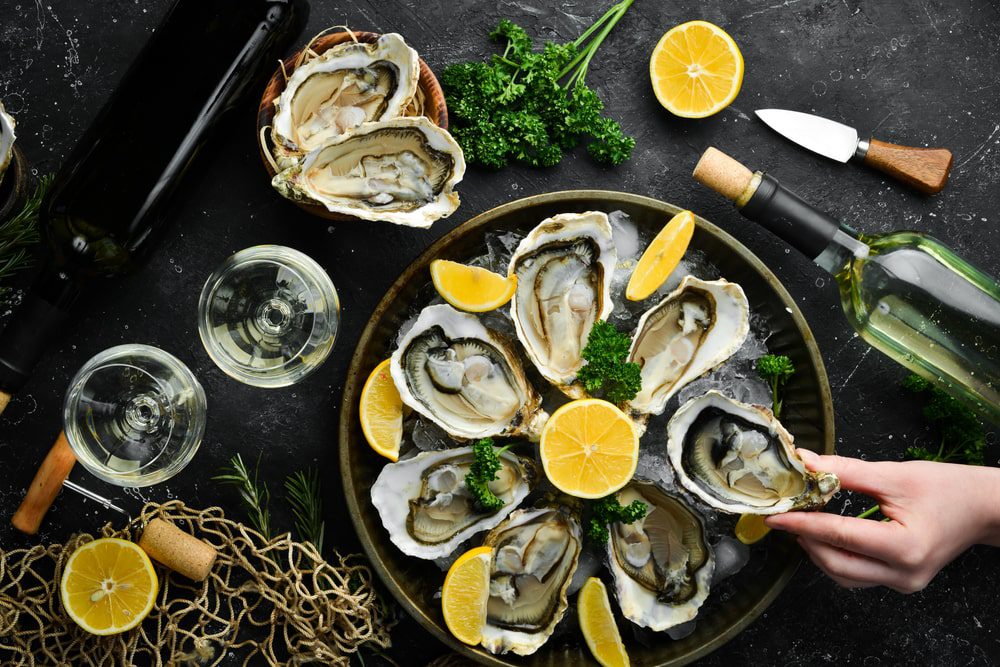Let’s talk about luxury foods!
I love food, and talking about it is one of my favorite things to do. We know that there are many luxury things in today’s world, from clothing, accessories, vacations, or experiences to the food you have on your plate.
Have you ever heard of luxury foods? I recently heard some people in a restaurant talking about how crazy expensive particular meals are and how they used to be considered atrocities in the past.
Their conversation got me thinking about how many food combinations there are in the world and how different each restaurant is. Some places will charge you more than $60 for a steak, while others won’t charge you more than $20 for the same thing. However, what do they do to have the same number of customers?
The culinary world can be quite strange, and the luxury food market is right on top. Experts discovered that some of the most popular and exquisite meals in the world used to be considered so bad that many people believed they should be forbidden.
What’s curious is that after many years of comments and protests regarding those meals, they’re now considered part of the luxury food market. Whether you tasted these or not, they’re delicious but expect to pay a big buck for them.
Are you ready to dive into the luxury food world? Then let’s get this culinary party started!

1. Monkfish
Have you ever seen what a monkfish looks like? It’s not a beautiful creature and is one of the ugliest things you could pull out of the ocean. Now considered one of the tastiest luxury foods on the market, in the 1980s people thought it was only junk fish.
When a fisherman would catch a monkfish in New England, they would just toss them back. The situation wasn’t better in France either, because the officials banned this fish from being sold.
After a while, some creative chefs got rid of being told not to use the monkfish, and they decided to put their cooking abilities to the test. To everybody’s surprise, the experimental chefs noticed that the liver of a monkfish tasted similar to foie gras.
A few people decided to taste the chef’s creations, and they were hooked. Nowadays, monkfish is one of the most expensive luxury foods in the world, costing around S$80 per pound. Have you ever tried monkish liver? It is a staple on many fine dining menus, and the experience is worth it.
2. Sushi (nigiri sushi)
Nigiri sushi is among the most traditional types of sushi, although it’s just a piece of fish served over rice. However, don’t expect nigiri sushi to be affordable, because this is one of the most expensive luxury foods. Believe it or not, some fancy restaurants across the US, such as some in NYC, will charge more than $800 for a meal.
Experts say that nigiri sushi was originally only a means of preserving seafood. Since there was no refrigeration, the rice was soaked in vinegar and used to wrap the fish.
This simple technique would keep it fresh for a few months, at which point the fish was consumed and the rice was thrown out (the rice wasn’t used until much later).
But there’s more to the story. In the 18th and 19th centuries, Japanese people considered sushi a “street food.” But in the 1950s and 1960s, this meal became popular, and, as you can imagine, the point costs increased significantly.
In the 1980s, during Wall Street’s decadence, nigiri sushi became one of the most popular luxury foods in the world, being the top choice of the upper class of society.

3. Lobster
Okay, okay, you surely know that lobster is considered one of the most exquisite luxury foods in the world, but many years ago, lobster was known as the ocean’s cockroaches. Given the fact that they’re arthropods, they’re linked to scorpions and other similar creatures.
Here’s something interesting about lobsters: people believed this food was so disgusting that many years ago, servants in Maine were forced to eat it.
After some time, people started boiling lobsters alive or while they were still fresh. Before they did so, many began to consume dead lobsters that had washed up on the beach. Well, we can understand now why this wasn’t an appreciated food; those lobsters were probably ripe by the time they were put in the pot.
The first time people living far from the sea saw lobsters was when trains made it simpler to convey cargo from the coast. Clever traders turned this situation to their advantage and tricked them into thinking lobsters were unusual, a lie that was only eventually exposed.
Nowadays, the majority of us know that lobster is one of the most expensive luxury foods in every restaurant. If you want to indulge in this sophisticated experience at home, you should know that the price for a pound of lobster is around $15, while lobster tails cost more than $30.
4. Foie gras
Even though foie gras has long been a mainstay of good dining, it has recently come under scrutiny for animal abuse. Market rates can reach more than $60 per pound, but as a consumer, you will likely receive a very small portion (small enough to squirm inside two salad leaves) for that amount. But it is luxury food, right? Of course, it’s going to empty your pockets.
The origins of foie gras can be traced back to the ancient Egyptians and Romans, as geese have long been used as a food source rich in protein. However, they didn’t think it was very elegant; to them, it was no more “high-end” than, for example, a slice of liver in your bak chor mee today.
In Europe, foie gras only became well-known during the Renaissance. At the time, this now-luxury food was used as a kosher source of fat for Jews. That has been a practice since the Middle Ages, and it wasn’t expensive.
The Renaissance was a time of great culinary explosions: food prepping became an art, and people went crazy for new aromas and discoveries. From being a basic task of burning rotting meat so that it could taste good, it turned into an art form.
At that point, people began to realize the potential of foie gras’s excellent flavor, and it slowly but surely made its way onto aristocrats’ plates. Nowadays, if you want to indulge in this luxury food, your taste buds will be happy, but your wallet won’t.

5. Oysters
We’re almost done talking about these luxury foods, and now we have to say a few words about oysters. Back in the 19th century, this exquisite food was considered suitable for those who weren’t financially lucky. Those who were fed this were homeless people, prisoners, and orphaned children.
When they ran out of money and were very hungry, people in England could buy them by the barrel. Oysters were affordable, not particularly nourishing, and could force you to spend hours in the bathroom if they weren’t fresh. Think of this now-luxury food as the Industrial Era’s equivalent of a streetside burger.
Then catastrophe struck: in the late 1800s, oyster populations in England started to decline in large numbers due to river pollution. Since there were no ecology experts back then, the solution people came up with was to grab oysters from other countries and throw them in the water.
Since pollution was a common issue, many foreign oysters couldn’t survive and spread several diseases to the local sea life.
Due to water pollution once more, the alien oysters largely failed to live and instead infected the native marine life with a variety of diseases. As a result, the number of local oysters decreased and their rarity increased, hence the crazy price.
Eventually, the oyster’s unique value increased its price because economics understood the principle of demand and supply. Rich people wanted to show off their wealth, and they started eating luxury foods, including oysters.
Nowadays, although people have come up with different methods to farm oysters, this is still one of the most expensive luxury foods. You can expect to pay between $6 and $12 per oyster, regardless of how big the supply is.
If you want to try this luxury food without breaking the bank on this experience, I recommend you check out these smoked oysters from Reese. Of course, they’re more affordable and won’t taste the same as they would at a restaurant, cooked with all those special ingredients, but it doesn’t hurt to give it a try. Check them out here!
If you want to read something else from Mind-Bending Facts, here’s a good article for you: 12 Shocking Law-Breaking Violations You’re Committing Without Realizing








